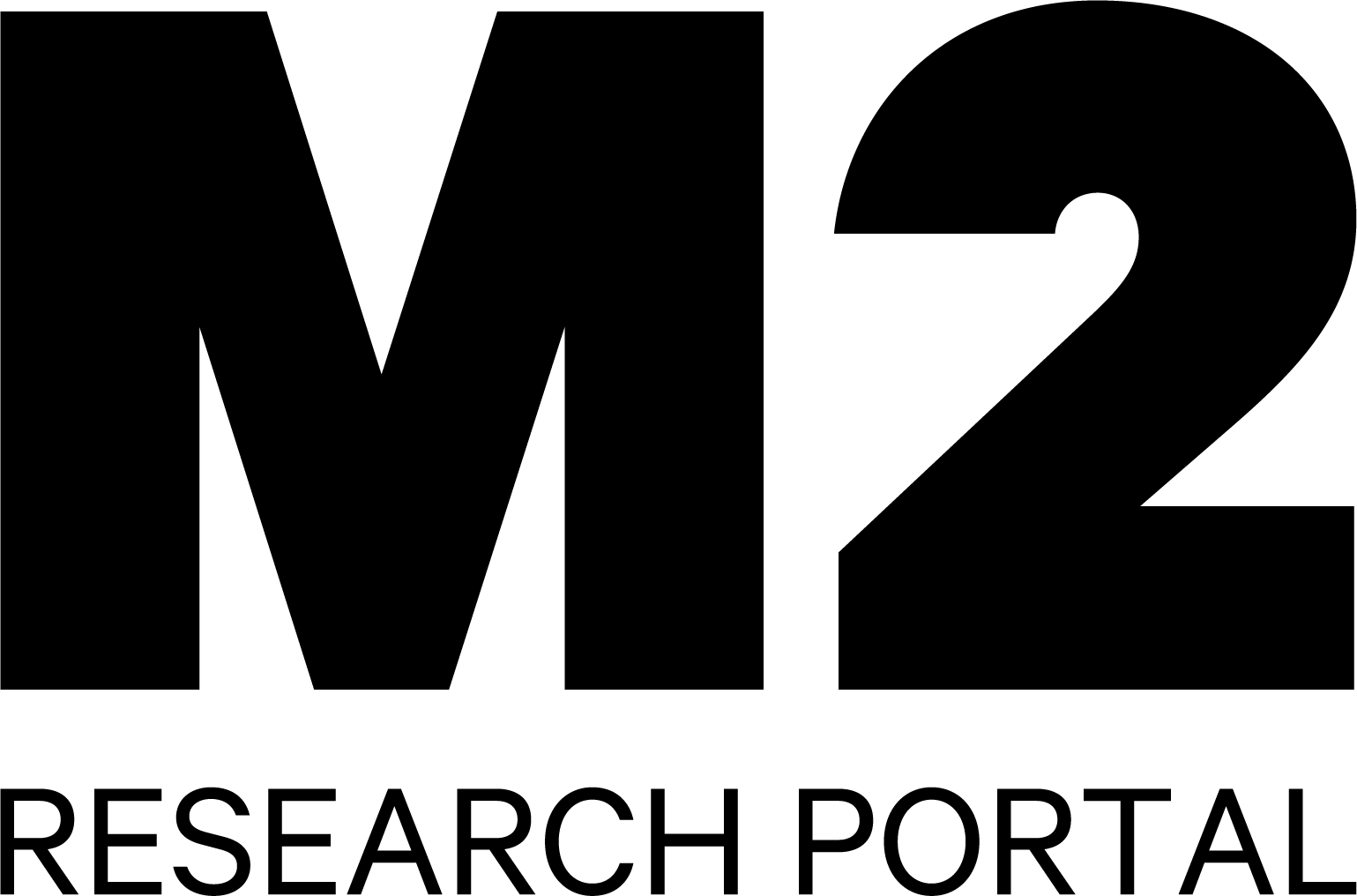Approaching the Yield Peak?
It has been a challenging few months, with interest rates seemingly never reaching high enough. Now, there are strong indications that interest rates are finally approaching their peak, and a significant portion of the yield increase has likely been realized.
The interest rate development has subdued transaction activity while pushing yields up another notch through the summer. Earlier this fall, for instance, we raised our prime yield estimate by 50 basis points to 4.50 percent.
In today's market, it remains a challenge that yields, in many cases, are low compared to the overall cost of borrowing. This makes it demanding for leveraged stakeholders to acquire properties at the sharp end of the spectrum. However, it's important to distinguish between nominal and real figures.
If we look at yields in relation to long-term real interest rates, the picture is more balanced. Indeed, such a real interest rate model suggests that the prime yield may rise slightly, but it could also plateau, especially if the worst of the interest rate pressure subsides. For investors with a long-term horizon and low or no leverage, we are approaching a real return that could pique interest. However, the risk remains on the upside, in the sense that the yield may increase a bit further.
The inflation figures published for September, however, bring good news. For the first time in a while, we see clear signs of falling inflation in Norway. This trend aligns with what we have observed in many other countries for several months, and new data from the Eurozone confirms that price growth is still on a downward trajectory. Price growth is likely normalizing, and perhaps, we are at the interest rate peak.
Investments in debt still appear most attractive to many investors in today's market, as the risk premium remains relatively low. This applies not only to the real estate market, but also to other risk assets. For example, the risk premium on US stocks has not been lower in over 20 years.
Sluggish Transaction Market, but No Crisis Mood
So far this year, we have recorded 114 transactions totaling approximately 39 billion Norwegian kroner. We anticipate the volume to increase to around 55 billion kroner by year-end, but there is considerable uncertainty surrounding this estimate. The market is slow, but it is perceived as even weaker than it actually is, likely due to becoming accustomed to a high pace during the period from 2015 to 2022.
This period was unusually strong, driven in part by a sharp decline in interest rates. If we look at how the transaction market has evolved over a longer time horizon, 2023 is not a crisis year. If our forecast of around 55 billion hits the mark, we have actually had lower volume in 9 out of the last 21 years.
Comparing nominal values over such a long period may not be fair, given inflation and asset value growth during the timeline. However, even adjusting all figures to 2023 values, the transaction volume has been lower for 7 out of 21 years, given our estimate for 2023.1 The market is weak, but there is no sense of crisis.
A New Mix of Properties Changing Hands
Another reason why the market feels weaker than the numbers suggest can be attributed to a significant shift in what is being transacted. Office and retail properties represent a considerably smaller share of the market than usual. The usual office share is around 40 percent, but so far this year, it is at 22 percent. Retail properties account for about 10 percent of the transaction volume, also significantly below the norm.
On the other hand, industrial, warehouse, and logistics properties constitute a larger share than usual. These properties account for approximately one-third of the turnover this year, almost 10 percentage points higher than in 2021 and 2022. However, a significant portion of the volume can be attributed to a few major transactions, such as Nuveen Real Estate's acquisition of Self Storage Group and AXA's purchase of Europris' main warehouse in Moss.
There is also strong interest in development properties, both residential and commercial, particularly given the circumstances with high construction costs, rapidly rising interest rates, and declining property values. Some transactions are triggered by the seller's need for liquidity or to strengthen their balance sheet. An example of this is Bonava's sale of its Norwegian operations to the UNION Residential Development Fund (URD) for 1.5 billion kroner earlier this year.
Another company in need of liquidity is SBB. The company has reduced its ownership in Norway, most recently through the sale of Lovisenberg Hospital at Gardermoen for 2.8 billion kroner. Overall, we see a strong trend of listed companies being on the selling side. In addition to the two mentioned above, Entra has sold properties for about 3.7 billion kroner in the last twelve months.
On the selling side, several life insurance companies are also present. DNB, for instance, has sold Lade Arena, Vestby Storsenter, and Hotel Admiral. Nordea Liv has sold two office properties in Oslo city center, while KLP Eiendom has acquired Munkedamsveien 62.
On the buying side, funds particularly stand out. So far this year, Norwegian and foreign funds have accounted for about 40 percent of the purchase volume. This is a remarkably high share of the market. Admittedly, the volume is boosted by the funds making large transactions, but even in terms of the number of transactions, funds account for more than one-fifth of the total.
We expect this trend to continue, as many funds are sitting on dry powder. In nominal terms, there has actually never been more dry powder in real estate funds globally. According to Preqin, the total dry powder was $418 billion as of the third quarter of this year.
However, the syndication market has hit the brakes. So far this year, syndicates have acquired real estate for under five billion kroner, compared to 28.8 billion kroner last year. At the peak of the cycle in 2021, property worth 54 billion kroner was syndicated.
1The volume for the past years has been adjusted to today's value based on the value development in the MSCI index

